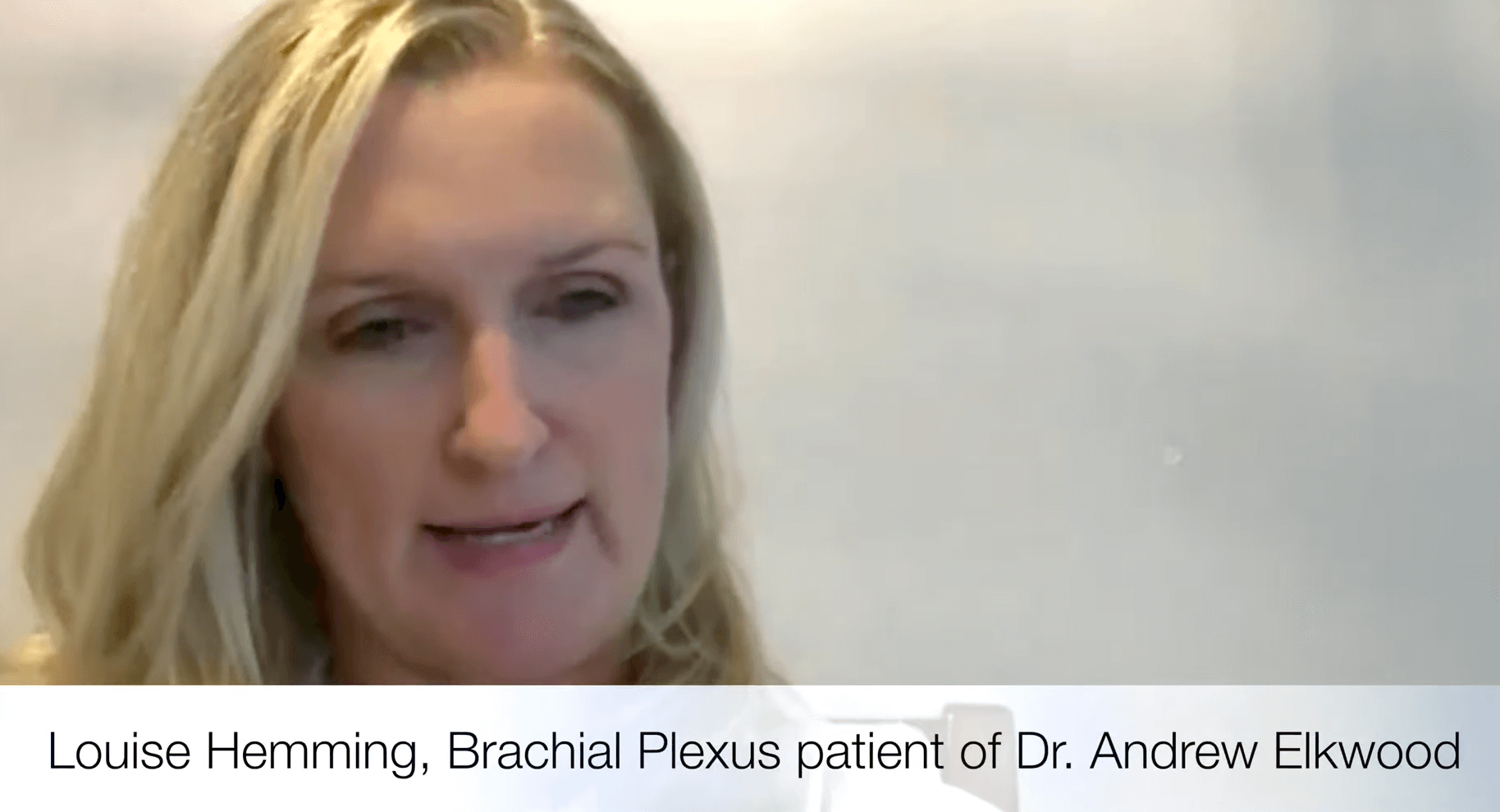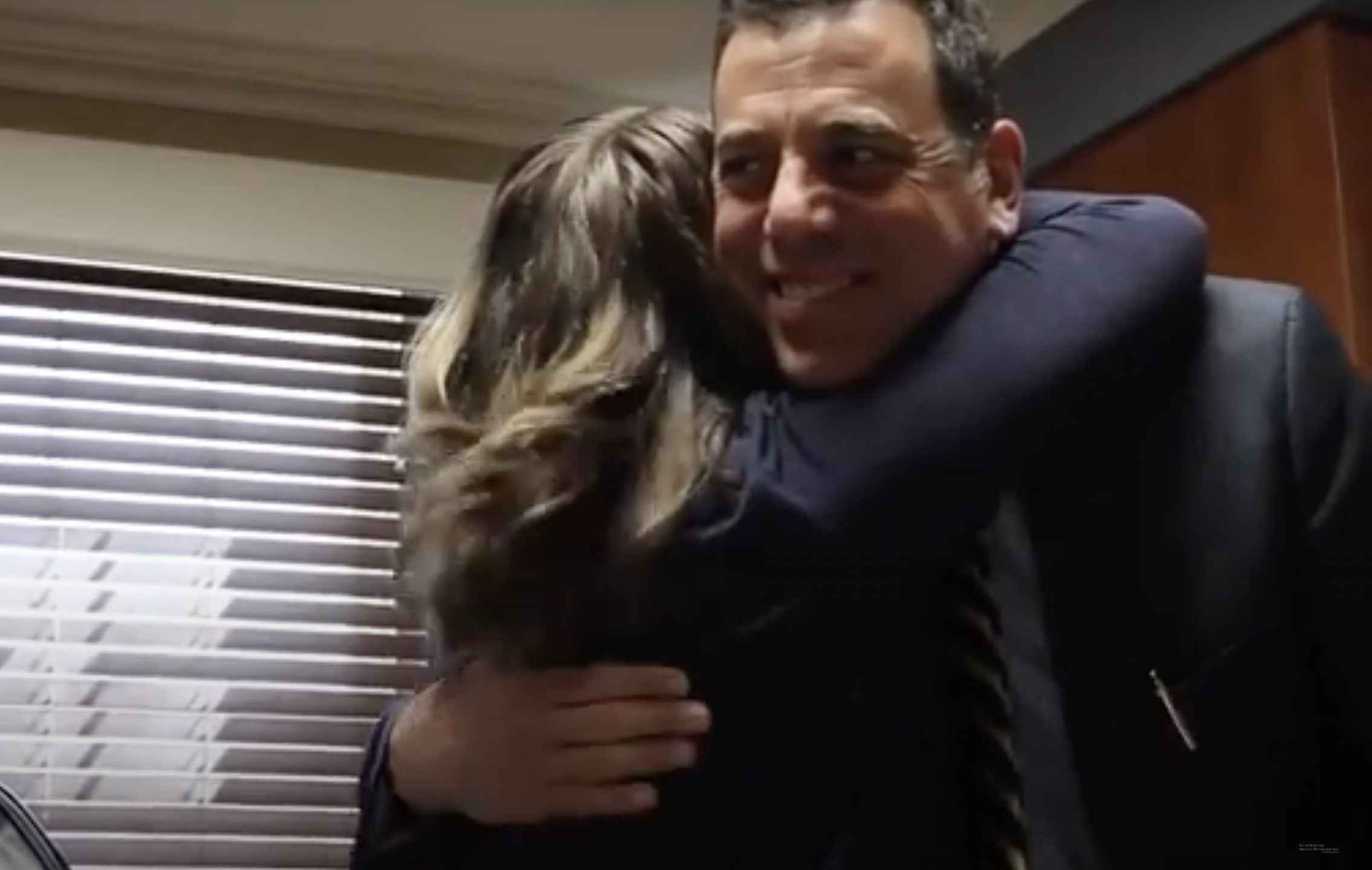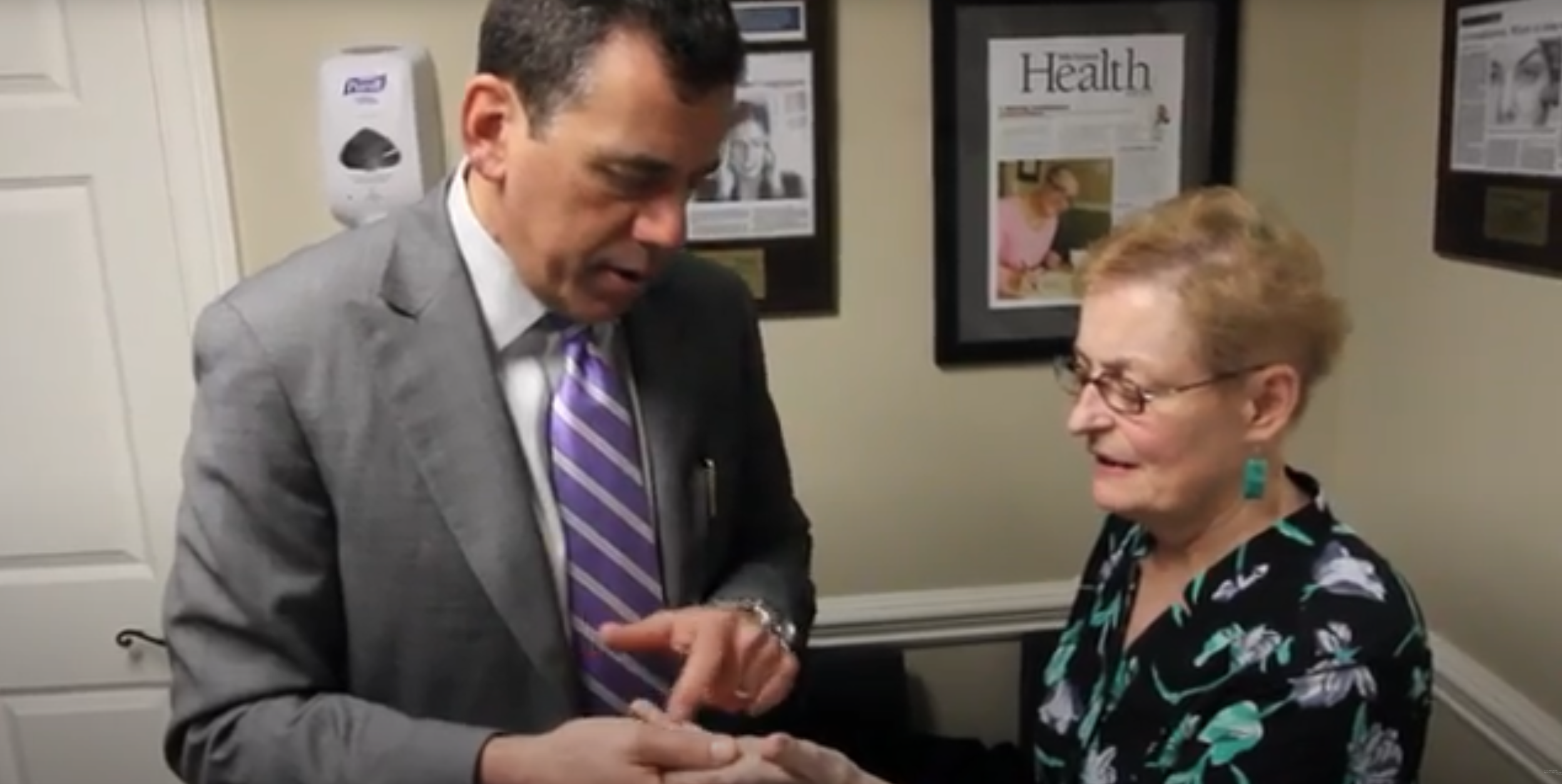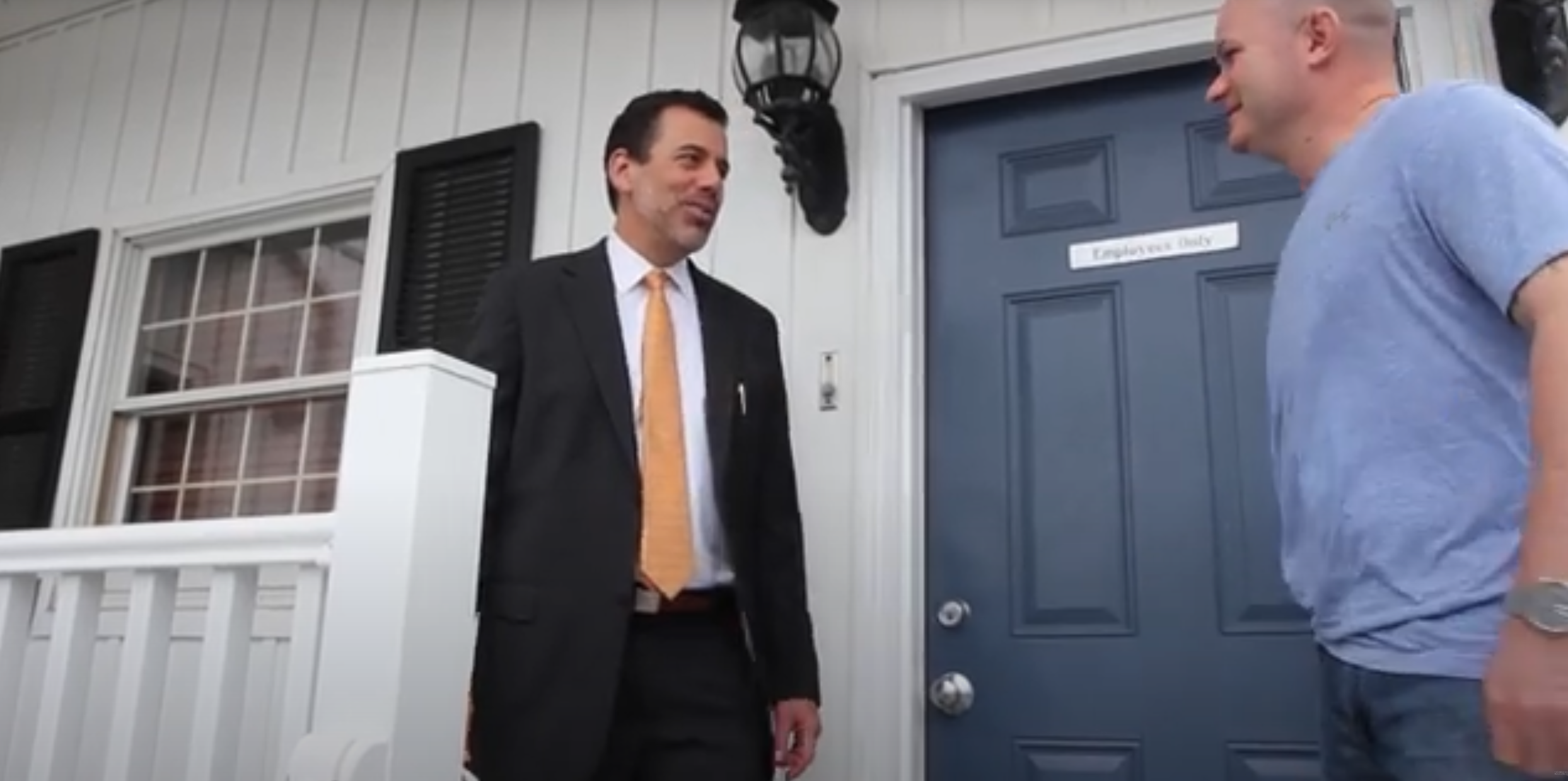Relief for Piriformis Syndrome
Michael Huston spent seven years of his life plagued by severe pain. As is typically the case with those in his situation, the 30-year-old Harleysville, PA, resident went to a multitude of doctors—from orthopedists to pain management specialists—seeking relief. Then, he found Dr. Andrew Elkwood of The Institute for Advanced Reconstruction. Huston suffered from piriformis syndrome. Read more about it and what Dr. Elkwood does for the condition on the Piriformis Syndrome page. Huston, trained as an analytical chemist, has a strong scientific grasp of all medical matters, specifically his own medical history. Below he details his story.
How did your piriformis syndrome problems begin?
In 2006, at the age of 23, while riding my road bike, I was hit by a car. My injuries were catastrophic, including brain trauma that left me unconscious for 28 days. I broke 7 vertebrae (5 cervical, 2 thoracics) in my spine, requiring spinal fusion in 2007. During my rehab from that operation, I noticed significant discomfort down my right leg, all the way from my buttocks to my foot. While the surgeon did a fantastic job for my back and neck, that dull pain in my buttocks remained.
How did you follow up?
I went through the whole nine yards—after extensive physical therapy proved fruitless in alleviating the leg pain, I moved onto EMGs*, injections from pain specialists, and extensive medical imaging (x-ray, CT scans, and MRIs). Everyone came back saying, “I can’t find anything wrong.” Finally, after nearly 2 years of chronic pain, I had a spinal cord stimulator inserted. It did a great job for lower leg and foot pain, but it did nothing for the pain in my buttocks. In December 2011, my quest for pain relief led me to a hip specialist. That was my lucky break since he sent me to an ultrasound specialist who gave me an injection into the piriformis muscle (located in the buttocks). It was the first time I had meaningful relief. Subsequently, I was ultimately diagnosed with piriformis syndrome.
I inquired about surgical solutions, including at a reputable university hospital, but the experts all said they weren’t very comfortable doing surgery for this condition; one had tried but claimed it had not been very successful. Finally, in September 2012, I did my own Internet search and came across Dr. Elkwood. After having traveled as far away as Florida seeking a solution, I considered a two-hour car trip to New Jersey to be a walk in the park.
How would you characterize your experience with Dr. Elkwood?
It was like night and day. The main thing that sold me on Dr. Elkwood was the very thorough initial physical exam he gave me. And his confidence. When my dad asked him if he had done the surgery successfully before, Dr. Elkwood assured us. And when I requested to speak to a former patient, he had that person call me. When I heard about that person’s successful experience, I said: “Let’s go for it.”
How was your surgery?
I had surgery in November 2012 at Jersey Shore University Medical Center. I’ve had a lot of back surgeries, so I expected substantial post-operative pain. I was shocked at how relatively non-invasive the surgery was. I hurt, but it was nothing like back surgery. I was up and walking around the evening after the surgery.
How was your recovery?
In the first month, I took it very easy with my activities. When I went back for my 1 monthly follow-up, Dr. Elkwood told me, “Don’t baby it. There are no restrictions for me. Walk, sit, sit in a hard chair.” Those were all very painful activities in the past. All of a sudden, this winter, I was able to do much more—walking and standing. I had a volunteer job in South Carolina at the aquarium, and I could stand for 4-hour shifts. And by May, I was able to ride my bike again. The biggest difference is that I am so much better when sitting; that was my biggest complaint.
How would you characterize Dr. Elkwood?
He is definitely confident, but a lot of surgeons are confident. Dr. Elkwood, however, was able to point to specifics with a positive, take-charge attitude. Furthermore, he took a personal interest in my case right from the beginning. Although I knew it was a ‘roll of the dice’ with experimental surgery, my confidence was greatly increased when I saw that my operative report discussed a “thick peel of scar tissue removed from sciatic nerve” (located near the piriformis muscle). I knew it was a game changer. Furthermore, I’d like to note that I really enjoyed interacting with his nurse, Katie, who was very helpful.
*An electromyogram (EMG) measures the electrical activity of muscles at rest and during contraction.






